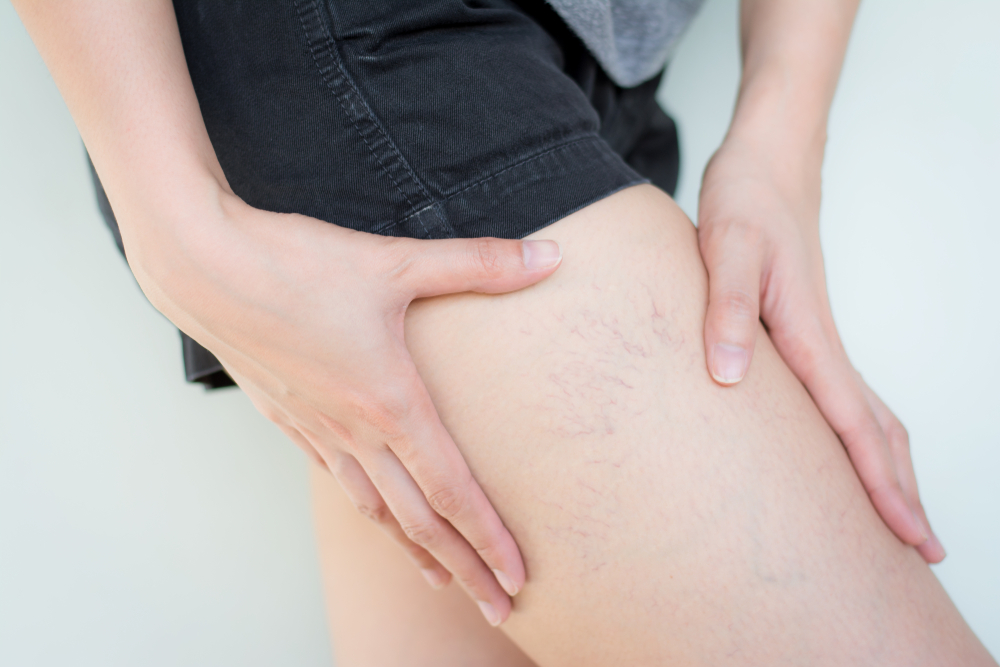The European Society of Cardiology (ESC) just released new guidelines on managing peripheral arterial disease and an aorta blockage to the legs, confirming the two conditions are linked. As the ESC explains, globally, PAD and aortic diseases affect nearly 113 million individuals over the age of 40. Patients with one condition are at higher risk for the other. As such, diagnosis and treatment of either one should involve a multidisciplinary team that will focus on holistic cardiovascular health.

The aorta is the largest blood vessel in your body. Any condition affecting this artery, including an aorta blockage to the leg, is described as aortic disease. Aortic disease could be the result of weakness in or damage to the vessel wall; narrowing or disfunction in the heart’s aortic valve; or blockages in the aorta. There are multiple risk factors for aortic disease, including smoking; high blood pressure and/or cholesterol; and atherosclerosis, all of which are also potential peripheral artery disease causes.
PAD is a circulatory condition that results from narrowed arteries that reduce blood flow to your limbs, most often your legs. Typically, the narrowing results from atherosclerosis (the build-up of plaque on your arterial walls). Symptoms include leg pain, cramping, or fatigue—it manifests with physical activity, but improves with rest. Left untreated, PAD can lead to critical limb ischemia, a severe form of PAD, along with non-healing ulcers and an increased risk for amputation. Additionally, PAD can increase your risk for a heart attack or stroke.
The latest ESC guidelines for preventing, diagnosing and treating these concerns suggests, “screening is crucial, based on age, the presence of cardiovascular risk factors, family history and/or presence of syndromic features…diagnosis can be easily achieved with a non-interventional vascular test/imaging.” Now, if disease is detected, they note that “Exercise and lifestyle changes are crucial before considering interventional management,” to alleviate symptoms of PAD or aorta blockage to the legs. However, to restore blood flow to your legs and prevent disease progression, medical intervention may be necessary. To explore screening options and minimally invasive treatment for PAD, simply request a consultation at one of our six Houston and Dallas area vascular health clinics.

Scheduling
Please contact our dedicated specialists to schedule a consultation today.
2025 Texas Endovascular. All rights reserved. Website Design by Healthcare Success